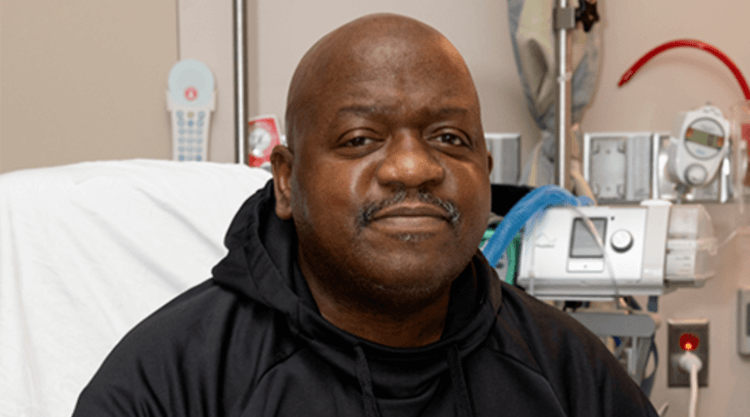In March 2024, for the first time in history, a pig kidney was transplanted into a living person. The first patient was 62-year-old American Rick Slayman, who underwent surgery at Massachusetts General Hospital. He had end-stage kidney disease, meaning he required the use of an artificial kidney (dialysis). Initially, the man was transplanted with a human kidney, but the operation was not entirely successful, so after a few years serious complications arose and dialysis was required again. Then the doctors offered him an experimental transplant, but it also turned out to be unsuccessful – the man died two months after the operation.

Ric Sleiman, the first patient in history to receive a pig kidney transplant: fine-news.ru
Pig kidney transplant human organs
The operation, carried out on March 16, was the first implantation of a pig kidney into a living person, but not the first transplant of pig organs into humans in principle. Let us remind you that for the first time in January 2022, a pig heart was implanted into a patient. Then another pig heart transplant into a human took place in 2023. The operations themselves were successful, but both patients died a short time later.
As for pig kidneys, they began to be implanted several years ago. However, all operations were carried out on people whose hearts were still beating, but their brains were already dead. The experiments were completed successfully, but they did not last long — within several days.
Therefore, transplanting a pig kidney to a living person was a big risk. But, since there were no prerequisites for possible complications, scientists were confident that the pork kidney would last for years. The organ for the operation was prepared by eGenesis, which had previously tested its transplant on monkeys. To prevent rejection, the pork kidney was modified using CRISPR gene editing technology.

The Mass General medical team that performed the transplant. Photo source: nikvesti.com
In addition, the patient received treatment based on antibodies and immunosuppressive drugs. However, as mentioned above, Ric Slayman died just a few months after the operation.
Why the first pig kidney patient died
Currently, it is extremely important to know the exact cause of death of Ric Slayman, since he was not the last person with a pig kidney. We previously reported that 54-year-old woman Lisa Pisano was transplanted with a pig kidney and a pig pancreas. However, there is not much information on this yet.
Let us recall that in the case of a heart transplant, scientists found that the cause of the patient’s death was a swine virus, that is, the organ was poorly prepared. This time, according to the transplant team, there is no evidence that the cause of death was a kidney transplant. However, the statement does not say anything about the cause of death of the patient. The man’s family expresses gratitude to the doctors for being able to spend the last few weeks with their loved one.

For organ transplantation, special, genetically modified pigs are used
“The Mass General transplant team is deeply saddened by the sudden passing of Ric Sleiman. We have no indication that this was a result of his recent transplant. Mr. Sleiman will forever remain a beacon of hope for countless transplant patients around the world, and we are deeply grateful for his trust and willingness to advance the field of xenotransplantation. We express our sincere condolences to Mr. Sleiman’s family and loved ones as they remember an extraordinary man whose generosity and kindness touched everyone who knew him,” doctors say.
Finally, we note that xenotransplantation in has shown great promise to a huge number of people lately. For example, in the United States alone, more than 100 thousand patients are awaiting organ transplantation, of which almost 90 thousand people require a kidney transplant. Unfortunately, every day around the world, dozens or even hundreds of people die who never got their turn. Transplanting animal organs would solve the problem of organ shortage.
Don't forget to subscribe to our Zen and Telegram channels so you don't miss the most interesting and incredible scientific discoveries!
We can only hope that the second kidney transplant operation will be more successful. Otherwise, scientists will have to reconsider the technologies currently used for such operations.